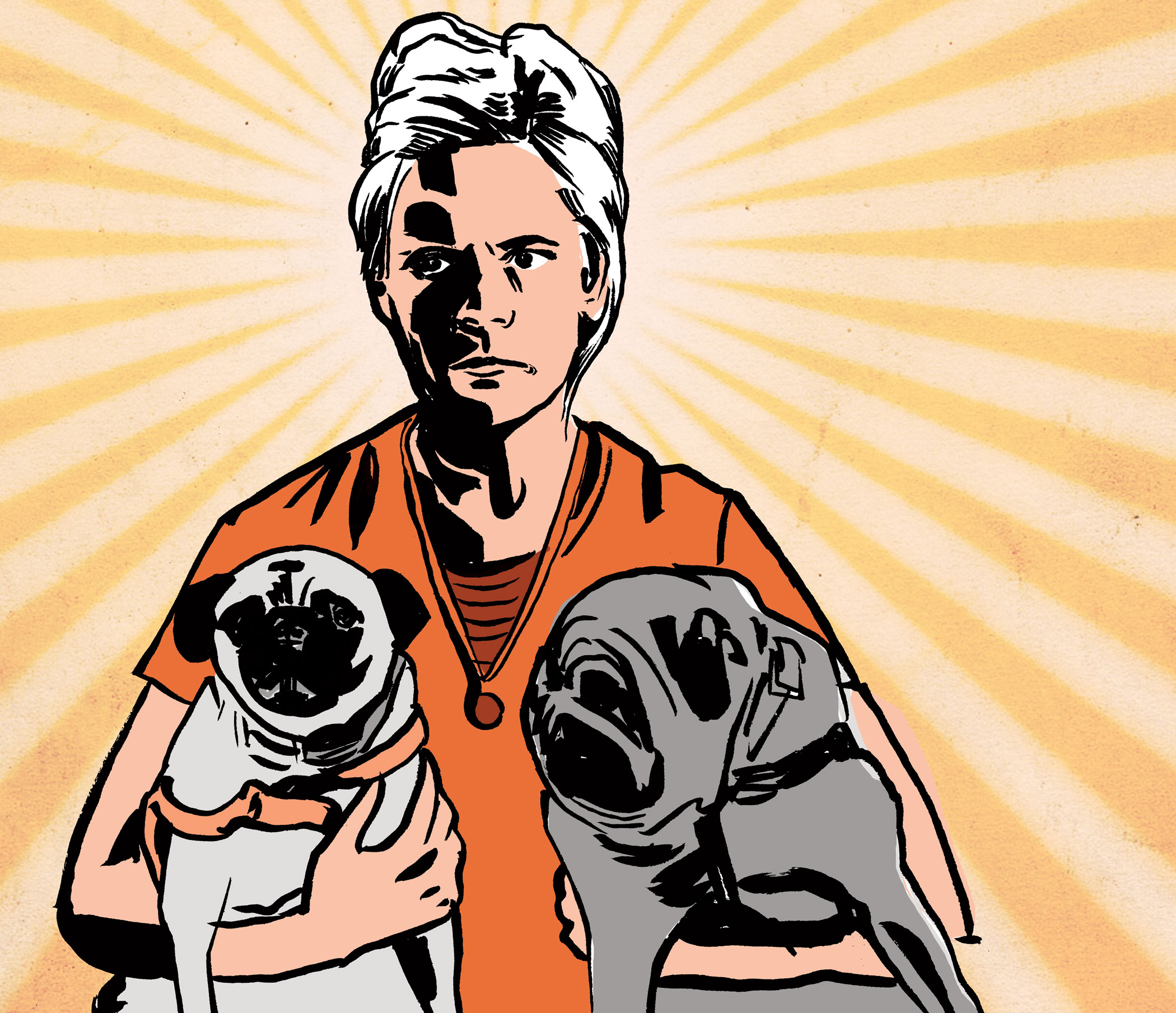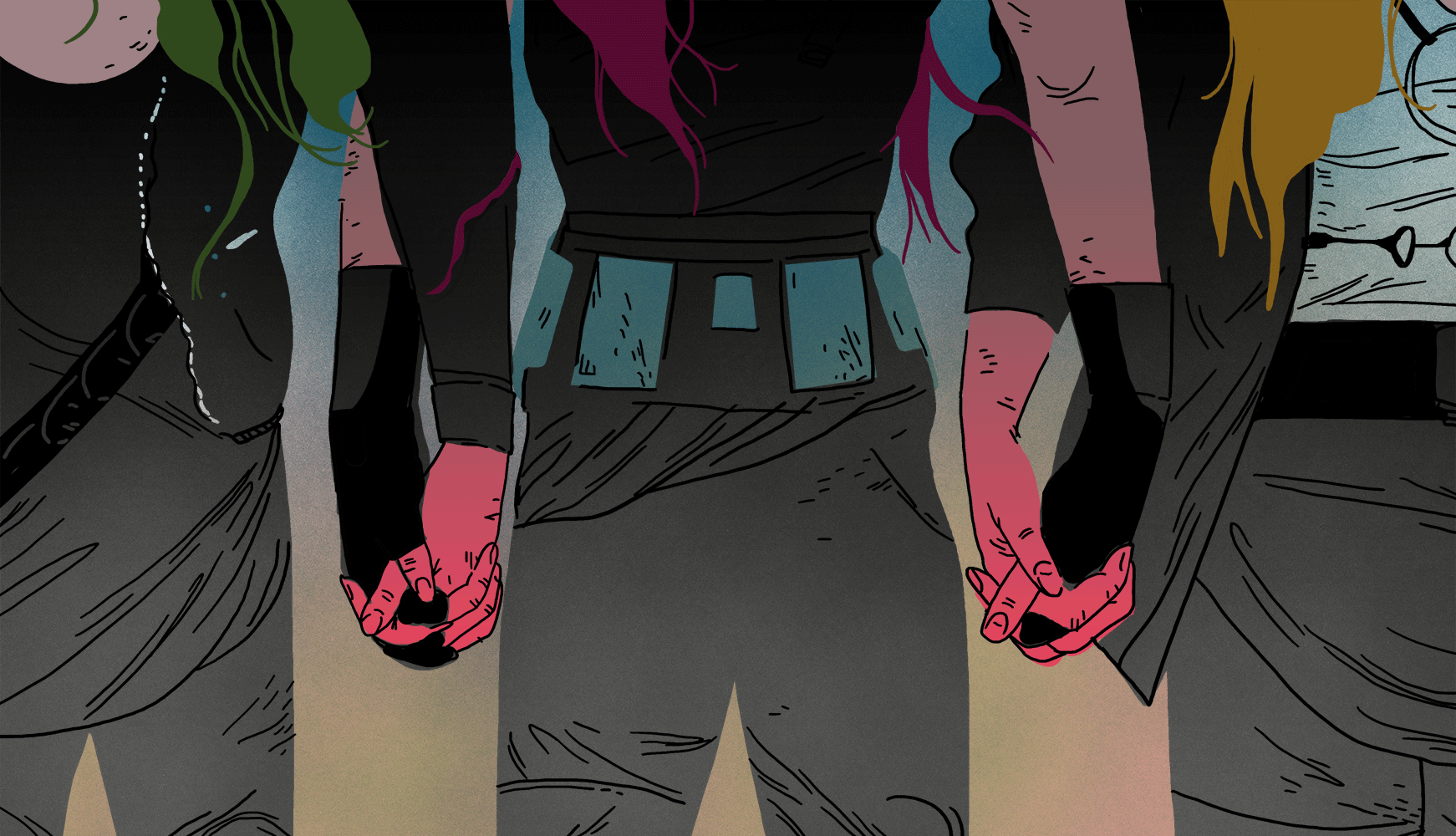
There is a fantastic quote by literary critic Frederic Jameson that says, “Someone once said that it is easier to imagine the end of the world than to imagine the end of capitalism.” Jameson muses that a world ransacked by an apocalypse is easier to conjure than one where capitalism is not the dominant mode of Western existence. When writers look into the future and see a collapse of capitalism (or a global expanse of capitalism), they create apocalypses or dystopias. This type of fictional thought experiment is so prevalent now — just look at the popularity of TV shows and movies like “The Walking Dead” and “The Hunger Games.”
Similarly, it is sometimes easier to imagine the end of the world than to imagine the end of patriarchy. This, I suspect, is the reason our only screen depictions of matriarchies — societies run overwhelmingly by women — are prehistoric or post-apocalyptic. A quick scroll through this user-generated IMDB list of screen “matriarchies” depicts poster after poster of women in leopard skin bikinis, women in space, or scrappy women surviving in the remnants of earth-that-was.
Disappointing as it is that our only imagined matriarchies bookend modern history or the world as we know it, occasionally a post-apocalyptic series or film comes along with a phenomenal, kick-ass matriarchy, and forces us to pay attention. And — believe it or not — there is one such show on broadcast television right now: the CW’s fantastic “The 100.”

Mothers and Daughters
“The 100” premiered in 2014 and recently began its third season. The early premise of “The 100” is that generations ago, the world ended; the only remaining humans alive were those orbiting the planet in international space stations. The stations set aside the strifes of their now-obliterated countries, uniting to make one super-station, called “The Ark.” If the name seems blatantly biblical, that’s because it is. The generations that are born and die on the Ark are waiting for the earth to recover from nuclear apocalypse, hoping one day it is deemed habitable so they can return and repopulate. Because the Ark has limited resources, every couple is only allowed one child. If any adult breaks any law at all, they get “floated” — shot out into space sans suit.
However, if anyone under 18 breaks the law, they are put in a sort of space-juvie. When the show begins, the adults aboard the Ark realize that their make-shift craft will not last long enough to wait out the radioactivity on the earth — so they send the 100 kids in their prison to see if they can survive on the planet.
One of these teenagers is a girl named Clarke, whose high-ranking mother Abigail plays a role in the decision to send the 100 to the ground. Clarke and Abigail’s relationship fuels much of the emotional tension throughout the series: They fight for each other, but also with each other, each struggling for authority, and sometimes buckling under the weight of being natural leaders in a chaotic, foreign world. It also worth mentioning that the only father-son storyline from the Ark that the show tries to make compelling is quickly abandoned. Mothers and daughters are the driving force here.
If you are spoiler-phobic, you should stop reading now and watch the show.
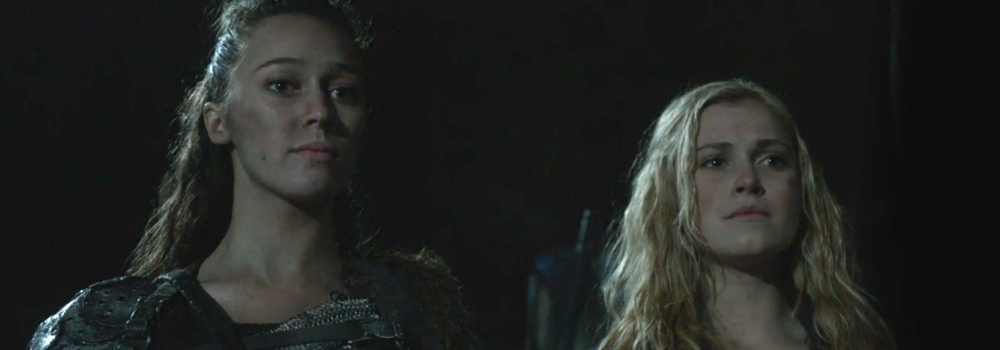
Matriarchy
This initial contact with the ground is only the beginning of the intricacies of “The 100.” The teenage castaways encounter two different groups of people that survived nuclear apocalypse. First, they have brushes with a lethal tribe they call “the Grounders.” These people are a Darwinian wet dream; survival of the fittest incarnate. Physically impressive, their ancestors having survived nuclear apocalypse.
The second group is smaller: a mysterious group of survivors living in a former military base called Mount Weather. They are the descendants of people important enough to have been taken to the base and sheltered from the original nuclear fallout. However, these people are unable to step outside of the base — they never “evolved” to survive earth’s elevated radiation. As a result, they are a pasty society of intellectuals, complete with hoards of the world’s greatest art and books, but they are also heavily armed and more than a bit evil.
One of the show’s best twists is not a plot twist, but a twist in expectation: When we meet the leader of the Grounders, we are introduced to a powerful, formidable … woman. “The 100” plays with audience expectations that the leader of a terrifying warrior society would have to be a man, and starts a series-long love affair with the concept of matriarchy.

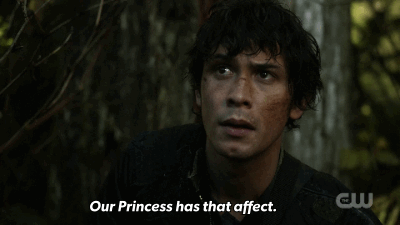
The Grounders have several female leaders, but the most prominent in the second and third seasons is a commander named Lexa. A complex character, Lexa is both a ruthless military commander, and a compassionate leader who cares for her people, and for those who have just arrived on the planet. What is most intriguing about Lexa is that her leadership is not questioned — it seems only natural that a woman leads the most powerful group on the planet. Her second command is also a woman, and later in the series, we encounter other tribes of Grounders, also led by women — suggesting that the world of “The 100” is one governed by matriarchy.
What is yet to be seen is how this matriarchy came to be, and whether it will continue throughout the series. Either way, the leadership of these women is not questioned or challenged by men on the grounds of their biological sex — only occasionally on the grounds of ideological or tactical differences.
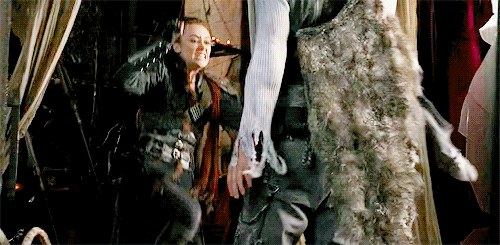
“The 100” seems to be promoting matriarchy not only through the leadership of the Grounders — who survived a nuclear holocaust and decided women should inherit the new earth — but also by exploring groups that fail under male rule. This is where the second group in Mount Weather, as well as the 100 and rest of the people from the Ark, become interesting case studies in the downfall of patriarchy.
Mount Weather is commanded by an old white man, with his conniving son set to take over after his death. This group is riddled with corruption, and is exploiting and killing the Grounders (“The 100” can also be read as a brilliant post-modern reimagining and dismantling of Western colonialism — but that is another ramble for another time). In their last gasps as a society, the son and father orchestrate each others’ mutual destruction. Because these people cling to the old patriarchal ways of their ancestors, they are fatefully annihilated by female-lead groups.
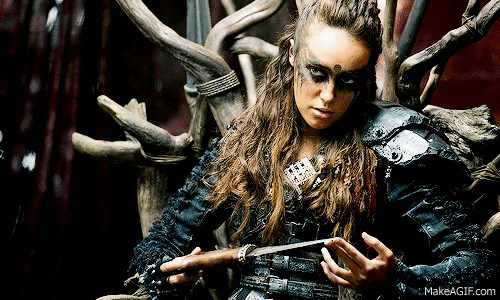
The case for matriarchy is also made by following the people of the Ark. First, with the original group of teenagers, then with the rest of the Ark survivors when they join their children on the ground. One of the de facto male leaders of the 100 decides that there should be no rules on the new planet. (Apparently there are no copies of “Lord of the Flies” on the Ark.) Clarke later becomes the sane and reliable leader of the 100, but not until after teenage boys and their violent, hot-headed shenanigans get enough people killed.
Similarly, when the Ark is still orbiting the planet, it is run by a male president. After that goes awry, the Ark crash-lands on earth; Clarke’s mother becomes the new leader of the Sky People, and helps avoid an all-out war with the Grounders.
It is also noteworthy that this new society is being built up amongst the rubble of a very famous beacon of the patriarchy: Washington, D.C. At first, it is unclear where the events of the show take place, but the characters eventually find the remnants of the Lincoln Memorial and the D.C. subway system. There is not a single phallic monument to old white men in sight. In both plot and setting, “The 100” acts as a consistent cautionary tale against repeating the past and reestablishing the patriarchy.
New World, New Sexual Mores
With this new matriarchal world comes new sexual mores. Straight male/female sexual relationships are no longer the default of a network television show. Clarke has been quietly bisexual throughout the series, sleeping with both men and women without allowing that to be the defining trait of her character. In an early episode this season, she has a one night stand with a woman. It is not a titillating sexual encounter shot by and for the male gaze (looking at you, “Game of Thrones”). The event makes sense both in relation to plot and Clarke’s character.
The biggest source of will-they-won’t-they sexual tension on “The 100” is between Clarke and Lexa — both leaders of their peoples, and both women. In another third season episode, Clarke is a guest in the post-apocalyptic metropolis that is the capital of Lexa’s kingdom. After Clarke swears fealty to Lexa in a public ceremony, Lexa joins her in private and, on her knees, pledges her allegiance to Clarke in return. The scene is not only charged with their intense sexual chemistry, but with the kind of power the two women can only wield in this brave new matriarchal world. Unfortunately, the #Clexa ship sank after the original writing of this piece — but that is a different rant for a different article .
Ultimately, it is no coincidence that when Beyonce sings, “Who run the world? Girls,” the music video is set in a post-apocalyptic wasteland. No matter the medium, it seems we as a society can only imagine female rule after the utter collapse of the world as we know it. A shame, since these same fictional matriarchies make a compelling case for a world run by women.



